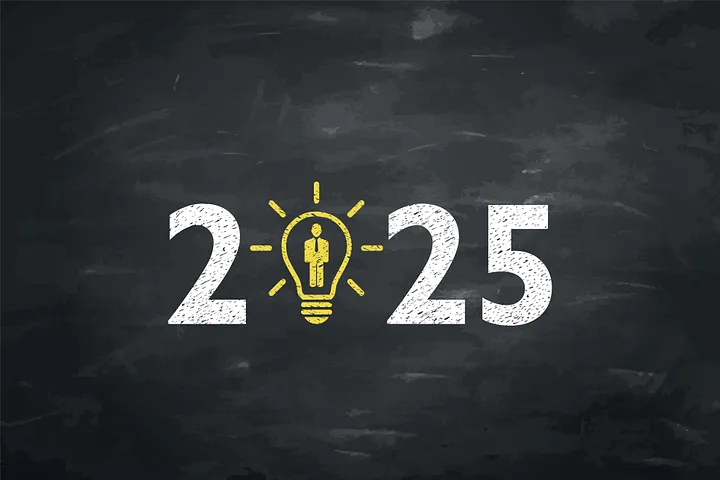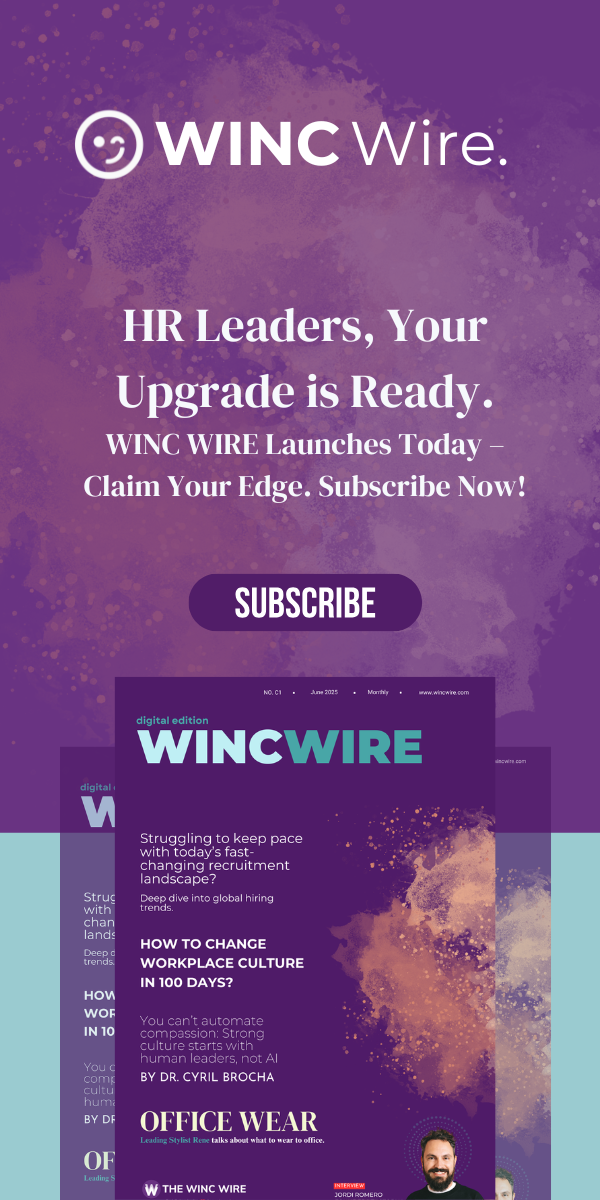In the symphony of modern business, Human Resources has moved from background accompaniment to centre stage. As we look towards 2025, the pace of workplace transformation is no longer just brisk — it’s relentless. Yet within this whirlwind lies an extraordinary opportunity. HR leaders aren’t simply responding to change; they’re orchestrating it.
To navigate what lies ahead, we must shift from reactive processes to purposeful action. Here are five priority areas that will define HR success in the year ahead — not as tick-box exercises, but as transformative levers that unlock value, wellbeing, and lasting impact.
1. Embedding Wellbeing into the Cultural Fabric
Gone are the days when well-being meant free fruit and discounted gym passes. The future demands a fundamental recalibration. Wellbeing in 2025 must be strategic — a cornerstone of organisational resilience and retention.
Think of wellbeing as an ecosystem, not a programme. It begins with leadership modelling sustainable work habits, cascades through policies that honour life outside of work, and thrives when personalisation replaces one-size-fits-all initiatives.
- Introduce flexible financial wellbeing tools, access to specialist care, and support for caregiving responsibilities.
- Measure what matters — not just uptake, but impact: sickness absence, engagement scores, retention rates.
- Refine as you go. What energises your people today may not serve them tomorrow.
Wellbeing is no longer a ‘nice to have’. It’s the soil in which innovation and high performance take root.
2. Moving Beyond Diversity to Cultivate Belonging
While Diversity, Equity, and Inclusion have earned their place on the corporate agenda, the next evolution is more nuanced — and more powerful. Belonging.
Belonging speaks to the emotional architecture of a workplace. It asks not, “Do I have a seat at the table?” but “Can I speak freely at this table — and will I be heard?”
To bring belonging to life:
- Listen with intent. Pulse surveys, open forums, and one-to-one conversations provide the texture behind the data.
- Equip leaders. Inclusive leadership is a skill, not a personality trait. Provide the tools to build psychological safety and cross-cultural empathy.
- Set clear milestones. Move from vague ambition to measurable outcomes — and be transparent about progress.
When people feel they belong, they do more than stay — they contribute with conviction. And that’s where cultures of excellence are born.
3. Humanising the HR Tech Revolution
Technology, once a back-office enabler, is now the architect of agility. But in 2025, success won’t be defined by how much tech you deploy — it’ll be about how wisely you use it to augment the human experience.
The key? Operational precision meets emotional intelligence.
- Automate administrative strain — scheduling, payroll, reporting — to release HR’s strategic bandwidth.
- Use data to anticipate, not just analyse — identify flight risks, map skill gaps, and craft targeted interventions.
- But never let efficiency eclipse empathy. AI should be the co-pilot, not the driver.
Think of HR tech as scaffolding, not structure — it supports the people doing the work, but never replaces their voice or value.
4. Redefining Leadership for an Uncertain Future
In turbulent times, leadership is no longer about command and control. It’s about clarity amidst ambiguity, and courage in the face of complexity.
To build a resilient leadership bench:
- Champion adaptive intelligence — the ability to pivot under pressure, lead inclusively, and inspire through change.
- Democratise development. Leadership potential doesn’t reside only in the C-suite. Create pathways for rising stars at all levels.
- Make it personal. Support each leader’s growth through coaching, strengths-based development, and feedback-rich environments.
A strong leadership pipeline isn’t just future-proofing. It’s present-enabling — a mechanism to sustain momentum in volatile times.
5. Reimagining Talent in a Borderless World
The war for talent has morphed into a search for meaning. Top candidates aren’t chasing job titles; they’re looking for growth, purpose, and agency.
To stay competitive:
- Expand your lens. Talent can come from gig platforms, career returners, and global pools. Embrace non-traditional routes.
- Provide visible, credible career pathways. Give people the tools to advance — and the belief that it’s possible.
- Bake flexibility into your operating model. From compressed weeks to hybrid structures, agility is now the baseline.
The smartest organisations in 2025 will not just attract talent. They’ll cultivate loyalty through a culture of empowerment and evolution.
Bringing It All Together
As 2025 dawns, HR finds itself at a crossroads of transformation and opportunity. Those willing to lead with purpose, act with precision, and champion the human spirit will shape more than policies — they’ll shape legacies.
To summarise, HR leaders must:
- Prioritise wellbeing as a business strategy.
- Foster belonging as a cultural imperative.
- Use technology to elevate, not diminish, the human connection.
- Build adaptive leadership pipelines that serve today and tomorrow.
- Reimagine talent through flexibility, purpose, and access.
These aren’t just checklists they’re calls to action. HR is no longer the department of policies. It’s the heartbeat of progress.
Let’s Stay in Conversation
If you’re ready to elevate your people strategy and build a workplace that truly works for everyone, stay connected. Follow me for practical insights and people-first leadership strategies drawn from years of cross-sector experience.
Let’s not just talk about the future of work. Let’s lead it together.





